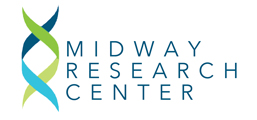Sexually transmitted diseases (STDs), or sexually transmitted infections (STIs), are generally acquired by sexual contact. STIs are caused by bacteria, viruses and parasites. Many of these infections can be transmitted through any type of sex. That includes intercourse, oral sex and other sexual acts where there is intimate contact and an exchange of bodily fluids.
The most common STIs include:
- Chlamydia
- Gonorrhea
- Genital herpes, also called “herpes simplex virus” or “HSV”
- Genital warts, also called “human papillomavirus” or “HPV” – Some types of HPV can cause cervical cancer in women and anal cancer in men
- Hepatitis A, B, and C
- Syphilis
- Trichomoniasis
- Human immunodeficiency virus, also called “HIV” – This is the virus that causes AIDS.
Symptoms of STIs
Sexually transmitted infections (STIs) have a range of signs and symptoms. That’s why they may go unnoticed until complications occur or a partner is diagnosed. Signs and symptoms that might indicate an STI include:
- Sores or bumps on the genitals or in the oral or rectal area
- Painful or burning urination
- Discharge from the penis
- Unusual or odd-smelling vaginal discharge
- Unusual vaginal bleeding
- Pain during sex
- Sore, swollen lymph nodes, particularly in the groin but sometimes more widespread
- Lower abdominal pain
- Rash over the trunk, hands or feet
Signs and symptoms may appear a few days to years after exposure, depending on the organism.
Risk Factors:
- Having unprotected sex
- Having sexual contact with multiple partners
- Anyone forced to have sexual intercourse or sexual activity
- Abusing alcohol or using recreational drugs

